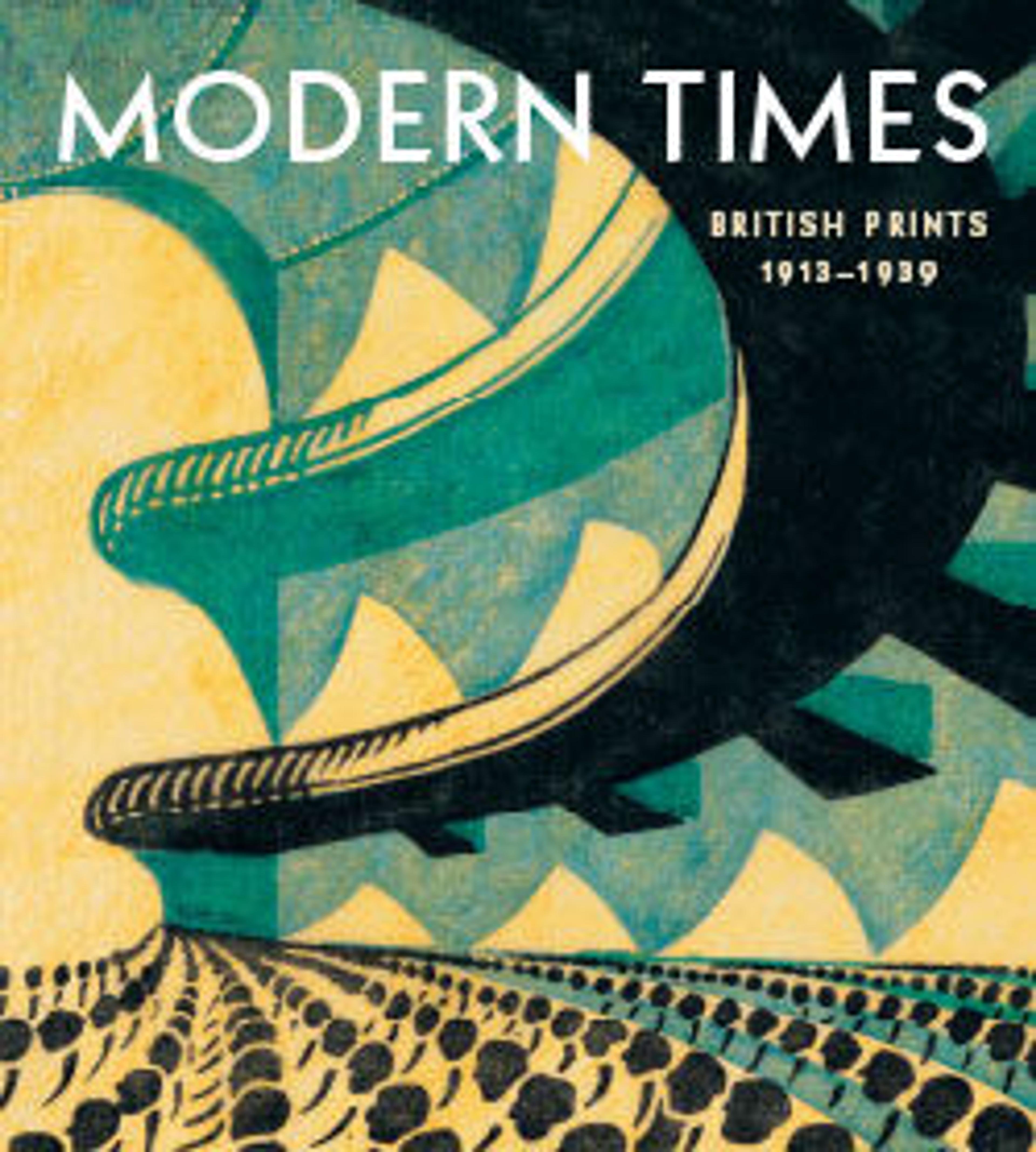S.S. Jerseymoor
After he returned from the Mediterranean, Wadsworth became involved in the "dazzle ships" project. Dazzle camouflage was developed in 1917 by Norman Wilkinson, a British academic marine artist and Royal Navy lieutenant commander, to counter torpedo attacks by German U-boats, which had sunk numerous Allied warships and passenger ships (including approximately 925 British ships in a period of just nine months, averaging twenty-three ships a week). The dazzle system involved multicolored optical patterns applied to warships to disorient the German submarines that patrolled British waters. Wadsworth did not create the designs but was one of ten lieutenants who supervised their application to over two thousand vessels, dubbed "dazzle ships." The bold patterns, which recalled Wadsworth’s earlier Vorticist work, can be seen in these woodcuts inspired by the artist’s experiences.
Artwork Details
- Title: S.S. Jerseymoor
- Artist: Edward Alexander Wadsworth (British, Cleckheaton, West Yorkshire 1889–1949)
- Date: 1918
- Medium: Woodcut
- Dimensions: Sheet: 7 1/4 × 11 1/4 in. (18.4 × 28.6 cm)
Image: 4 11/16 × 8 5/16 in. (11.9 × 21.1 cm) - Classification: Prints
- Credit Line: Purchase, Leslie and Johanna Garfield Gift, Lila Acheson Wallace, Charles and Jessie Price, and David T Schiff Gifts, The Elisha Whittelsey Collection, The Elisha Whittelsey Fund, Dolores Valvidia Hurlburt Bequest, PECO Foundation and Friends of Drawings and Prints Gifts, and funds from various donors, 2019
- Object Number: 2019.592.26
- Curatorial Department: Drawings and Prints
More Artwork
Research Resources
The Met provides unparalleled resources for research and welcomes an international community of students and scholars. The Met's Open Access API is where creators and researchers can connect to the The Met collection. Open Access data and public domain images are available for unrestricted commercial and noncommercial use without permission or fee.
To request images under copyright and other restrictions, please use this Image Request form.
Feedback
We continue to research and examine historical and cultural context for objects in The Met collection. If you have comments or questions about this object record, please contact us using the form below. The Museum looks forward to receiving your comments.
